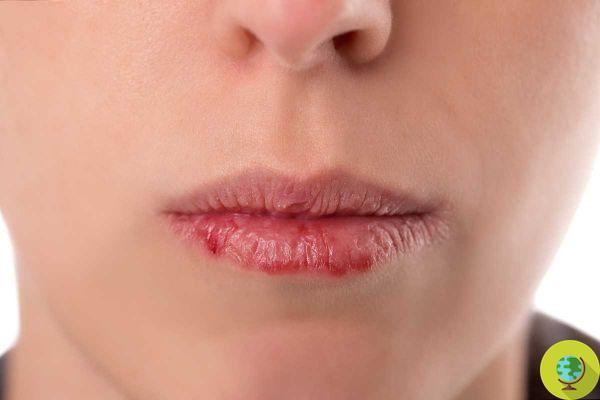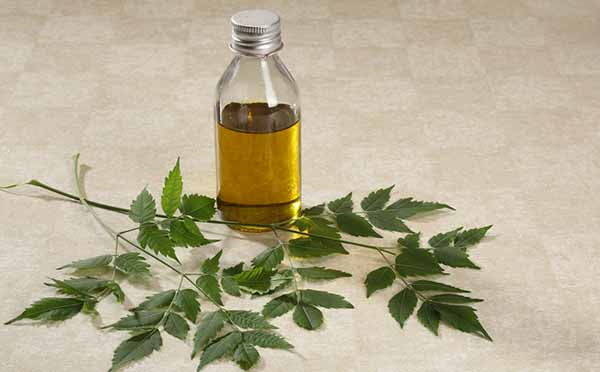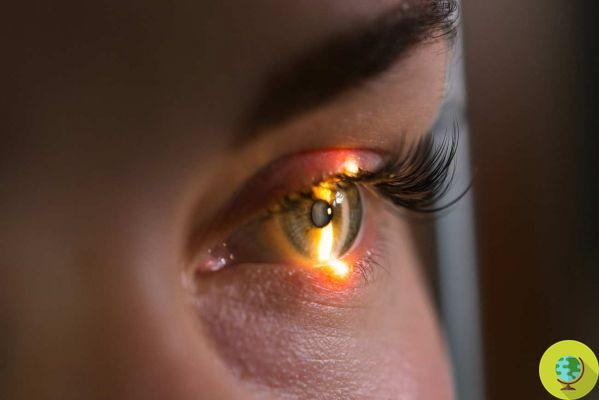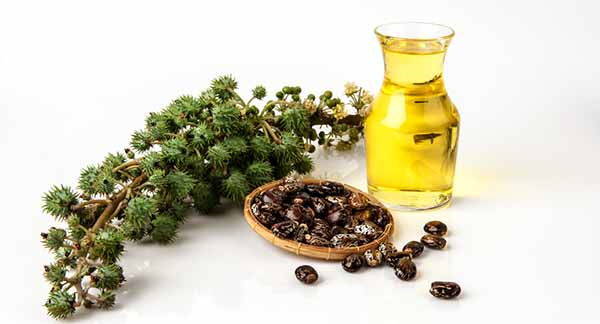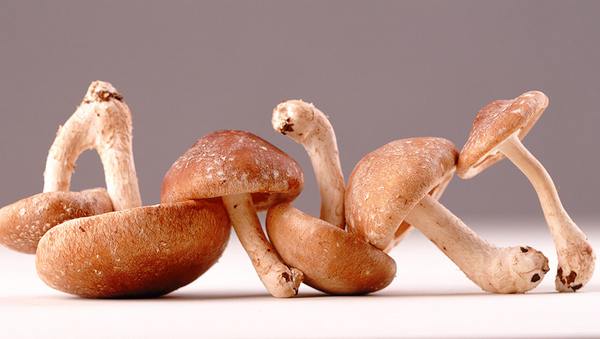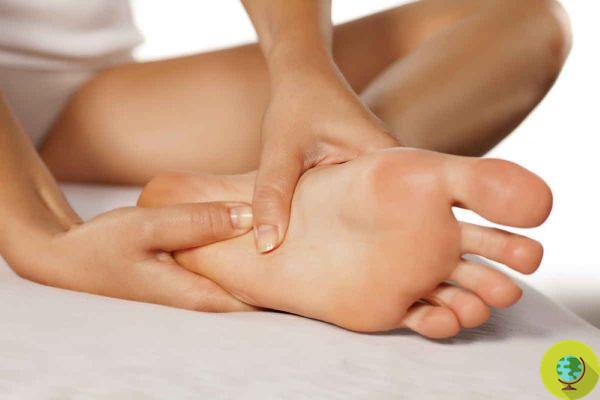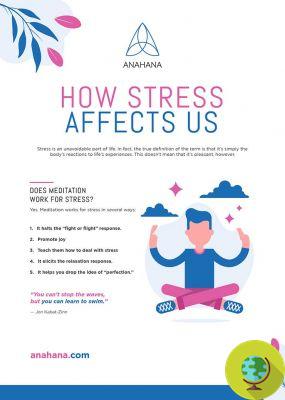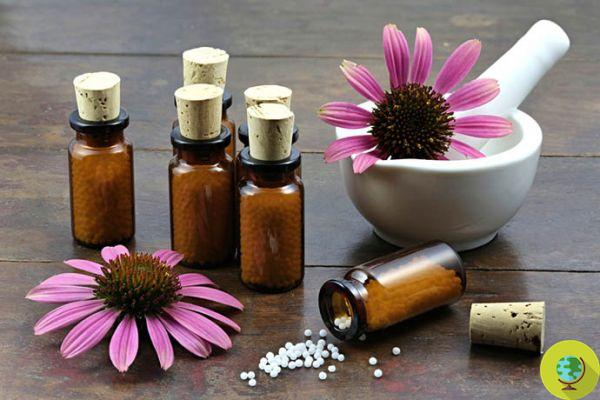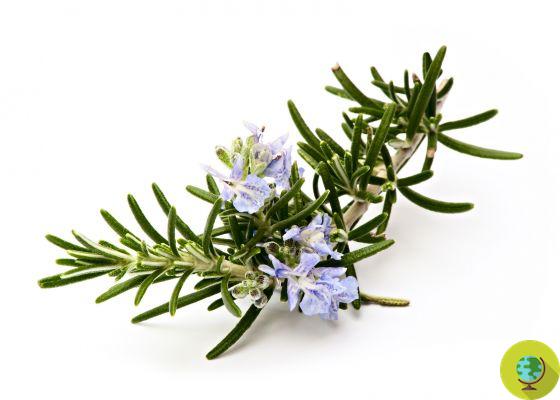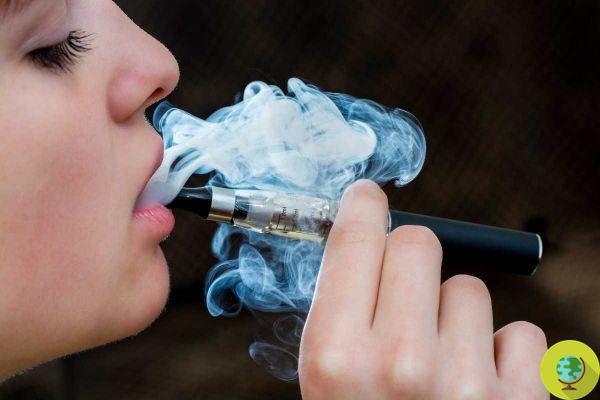Petroleum jelly or liquid paraffin oil is a product derived from petroleum refining. Pure oil, called white oil, is not carcinogenic and is used for food, pharmaceutical and cosmetic purposes. But is it really safe? What are its uses and what are the risks?
Don't store avocado like this: it's dangerousLa petroleum jelly and petroleum jelly oil they are both substances composed of hydrocarbons deriving from the distillation and refining of petroleum. The hydrocarbons contained in these mixtures can have different sizes and occur at fluid, semi-solid or solid state, thus determining its structure and consequently its specific consistency.
La white petroleum jelly or petrolatum, for example, it is made up of large hydrocarbons and comes in a semi-solid, translucent and stringy form, with the consistency of an ointment. In the presence of even heavier hydrocarbons, the stearin or solid paraffin, a solid substance with a consistency similar to wax, used in the production of candles.
If, on the other hand, hydrocarbons have a low molecular weight, the by-product derived from refining takes on a liquid form and is called Vaseline oil or liquid paraffin. Il color of Vaseline oil varies according to its purity : if it is transparent to the yellow yellow.
When it is completely free of contamination and safe for human health, this mineral oil is called white oil, to underline the purity of the formulation and not the color which, as mentioned, is transparent to the eye.
- yellow or brown oils, on the other hand, are carcinogenic, also classified as such by the European Union, which identified them with the R45 risk class. They are destined industrial use, mainly as engine lubricants.
Index
Vaseline oil, properties
White oil, on the other hand, being a highly purified form of liquid paraffin is suitable for food, pharmaceutical or cosmetic use.
This oil has the following property:
- lubricants
- moisturizers
- emollients
- soothing
- protective
- insulators
- laxative
Uses of Vaseline oil
Vaseline oil can be used for topical use, to treat some skin irritations or as an excipient in the cosmetic field, or it can be swallowed through food or laxative purposes.
Mostly if intended for internal use, it is imperative that the packet of Vaseline oil carry over the wording FU (Official Pharmacopoeia), to guarantee the compliance with the regulations for pharmaceutical and cosmetic use.
Vaseline oil in the kitchen
The title of this paragraph alone could make many readers turn up their noses. Surely many of you are wondering how it is possible that a product derived from the processing of oil is considered a real food, able to provide useful nutrients to our body.
And indeed it is not.
Technically Vaseline oil is a mineral oil as well as such it does not provide any type of nourishment to our body.
Furthermore, it is a odorless and tasteless oil, that it must not be cooked.
Vaseline oil, contraindications
Vaseline oil can only be taken for short periods of time, as it has laxative properties and is potentially at the origin of several side effects. In particular, it is not recommended:
- to pregnant and breastfeeding women
- to children under 3 years old
- in the presence of vomiting, regurgitation or abdominal pain
- to people with difficulty swallowing
- to people suffering from chronic bowel diseases
- before going to bed (at least an hour must pass after taking)
- because it reduces the absorption of fat-soluble vitamins (A, D, E, K)
Vaseline oil, zero calories
But then how is it possible for such a product to come recommended in some diets, first of all the popular Dukan diet?
The main reason is that Vaseline oil has a zero calorie intake. This oil, in fact, it is not absorbed in the least from our stomach or from our intestines, being expelled intact through the feces.
Furthermore, due to its proven laxative effect, in a dietary regimen like the one proposed by the Dukan diet, low in dietary fiber, this oil promotes intestinal transit, softening the stool and facilitating evacuation.
As mentioned, it can be harmful because compromises the intake of those fat-soluble vitamins which, once dissolved in oil, they are also excreted intact through the faeces, without being assimilated at all by our organism.
Taking all these aspects into consideration, the final evaluation of whether or not to include this oil in your diet is obviously up to you alone.
In any case, if you decide to use it despite everything, remember to take it continuously only for short periods (one week maximum) and always consume it raw.
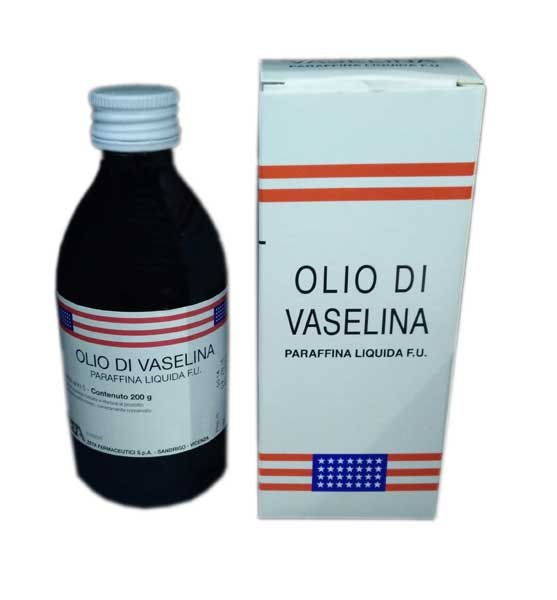
Gallery
Vaseline oil as a laxative
Among the uses of vaseline oil, it is very widespread the pharmaceutical one, as a laxative remedy.
It can be hired orally or rectally, through enemas.
In the first case, the recommended dose goes from 15 to 60 ml per day, to be taken preferably after dinner. Vaseline oil, in fact, takes 6 to 10 hours to produce its laxative effect.
It is recommended to start the treatment with a minimum dosage, and, if necessary, gradually increase the quantity.
Enemas on the other hand are available in 118 m bottlesl, to be administered once a day, preferably in the evening.
Vaseline oil, warnings and recommendations
Vaseline oil is an over-the-counter medicine that can be purchased without a prescription. However, he should always be hired behind close medical supervision, since, as we have seen, its use can cause various side effects.
In any case, the intake of laxatives should not be very frequent and above all it should not last for more than a week. Excessive doses of vaseline oil can cause abdominal pain or diarrhea.
Vaseline oil for cosmetic use
The cosmetic use of vaseline oil is certainly among the most widespread and appreciated. Vaseline oil is incorporated as an excipient in many creams, pomades, lip glosses and hair conditioners, but also products for intimate hygiene and baby care.
Beyond the products that we can find on the market, in domestic environment this oil can be used for cosmetic purposes in various ways. In particular, Vaseline oil can be used topically:
On the skin:
- mixed with moisturizer to extend its life
- as a soothing to combat dry and cracked skin (hands, feet, elbows and knees)
- in the treatment of skin irritations (contact dermatitis, acne pimples), hemorrhoids and anal fissures
- mixed with sunscreen to even out the tan
- to prepare the skin for shaving or added to aftershave with an emollient effect
; On hair and scalp:
- before applying the dye, it can be used to soften the scalp
- in combination with conditioner, it counteracts dryness of the hair
On the lips:
- a thin layer spread on the lips prevents and fights cracking and protects them from the cold
On the teeth
- a very light veil applied to the teeth has a polishing effect

Cosmetics that contain petroleum jelly, considerations
As mentioned, there are many cosmetics containing vaseline oil on the market. In Inci we generally find it under the name Citric Acid, Raree, Petrolatum and Mineral Oil.
Il debate on the danger or otherwise of this substance is still very much on, fueled by supporters of the proven healthiness and absolute efficacy of the product, and the proponents of natural or organic cosmetics.
First of all, it is important to clarify that liquid paraffin, at least the transparent one, subjected to sophisticated and standardized refining processes, it is absolutely not carcinogenic for humans and presents no risks in this sense.
It is also important to point out that the use of Vaseline oil in the cosmetic field it has been progressively reducing in recent years, so much so that it represents a residual percentage of the inci of the products in question.
A few decades ago, however, vaseline oil was often the second ingredient on the list, appearing immediately after water. Basically, today liquid paraffin is an excipient of cosmetic products, while in the past it was exploited as if it were a real active principle.
Those who approve of the use of petroleum jelly argue that it is a highly safe product because it is free of impurities potentially harmful to humans. Another of their arguments relies on the origin of oil: petroleum is a natural product derived from the very slow organic decomposition of animal and plant fossils.
The fact remains that the use of Vaseline oil it is not perfectly compatible with those who have adopted an eco-sustainable and environmentally friendly way of life.
One of the main reasons why it is widely used by the cosmetic industry is the its low cost.
To learn more about these topics, read also:
Vaseline oil, possible risks
as to mode of action of this oil, it is necessary to express some reservations.
With respect to its effectiveness, there is no doubt that this substance has emollient, soothing, insulating and protective properties.
Basically, liquid paraffin works by creating a lipid film around the skin, able to retain water and prevent its dispersion by evaporation. Therefore the moisturizing effect of petroleum jelly is limited to preventing the loss of that already present in our body.
On the other hand, however, this sort of protective patina prevents the penetration of nutrients, as well as the physiological cell turnover of collagen.
Furthermore, even the white oil, extremely pure and subjected to strict controls, would not be immune from the presence of potentially harmful contaminations our health. In summary, among the possible risks associated with the use of vaseline oil, the main ones are the following:
- absorption of hydrocarbons: through vaseline oil, the skin could assimilate some contaminants, first of all hydrocarbons. These substances can remain in the adipose tissue for a long time and in particular, during breastfeeding women could pass them on to the baby through milk
- skin aging: as mentioned, the protection created by the petroleum jelly prevents normal skin transpiration. In the long run, this film not only prevents the absorption of the necessary nutrients, but also hinders cell renewal, forcing the skin to draw water and other nutrients from its interior. This produces the opposite effect to that. desired, i.e. aging and the appearance of wrinkles
- increased estrogen: this substance may contain chemical compounds called xenoestrogens, which can increase the presence of estrogen in the body, compromising the balance between these hormones and progesterone. The dominance of estrogen can be at the origin of various diseases including allergies and autoimmune diseases, infertility, altered menstrual cycles, sleep disturbances and even some types of cancer.
Angela Petrella




